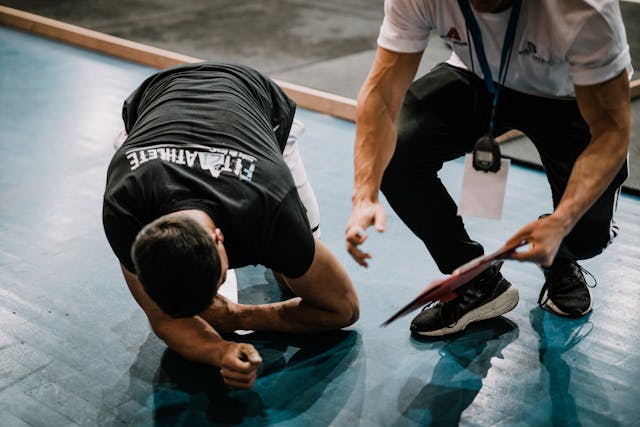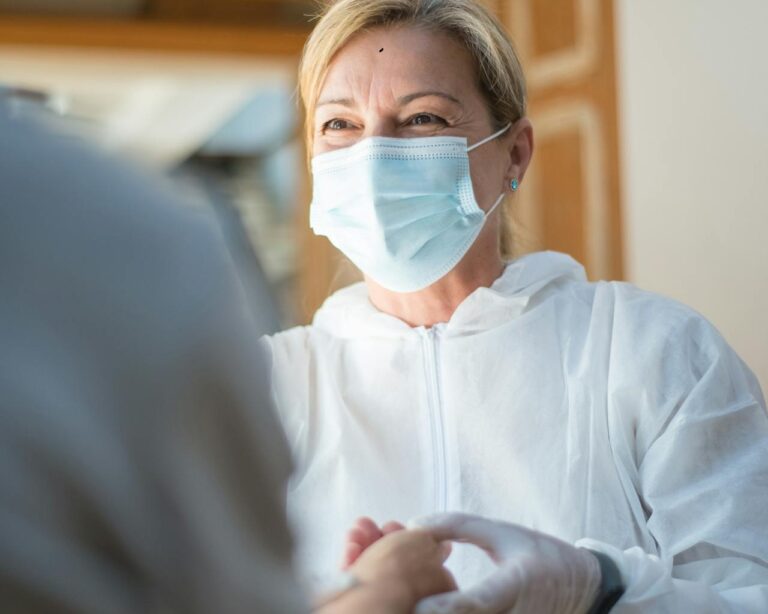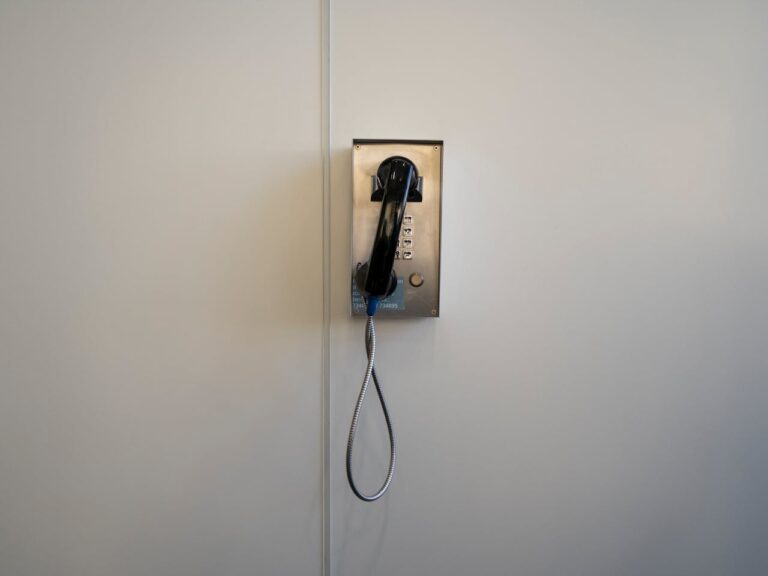
Regenerative medicine is a growing field within sports medicine that aims to support the body’s natural healing processes. It focuses on advanced therapies to address injuries often faced by athletes. By promoting tissue repair and recovery, regenerative treatments have become an option for athletes looking for ways to manage injuries.
Common Sports Injuries and Their Impact on Athletes
Athletes regularly experience injuries such as sprains, ligament tears, muscle strains, and joint damage. These injuries can significantly impact their performance, daily routines, and long-term physical health. From torn ACLs to chronic tendon pain, athletes across all disciplines share a common need: effective, high-quality sports medicine that delivers results quickly and efficiently.
Understanding Regenerative Treatments
Platelet-Rich Plasma (PRP) Therapy
PRP therapy is a treatment that uses components of an individual’s blood to aid healing. Platelets are rich in growth factors that play a role in tissue repair. The treatment involves drawing blood, processing it to isolate platelets, and injecting them into the affected area.
Stem Cell Therapy
Stem cells regenerate damaged tissues. This therapy often uses stem cells derived from the patient’s own body, such as bone marrow or fat tissue. The cells are then injected into the site of injury to support recovery.
Prolotherapy
Prolotherapy involves injecting an irritant solution into the injured area, stimulating the body’s repair mechanisms. This technique is often used to address ligament, tendon, or joint injuries.
Each of these therapies offers a unique approach to supporting the body’s healing processes.
The Process of Regenerative Medicine for Sports Injuries
The process generally includes a few essential steps. First, a medical professional will assess the athlete’s condition through an evaluation of their injury and overall health. Imaging or diagnostic tests help determine eligibility for treatment.
Afterward, the appropriate therapy is selected based on the type and severity of the injury. Treatments like PRP or stem cell therapy often involve a simple injection, while prolotherapy follows a similar procedure. Recovery times vary, and physical therapy may support the process or other treatments designed to strengthen the injured area.
Benefits and Risks of Regenerative Treatments
One potential benefit of regenerative treatments in sports medicine is its ability to support tissue repair in a targeted manner. These treatments address the specific site of injury, and the use of materials derived from the athlete’s own body could reduce the risk of adverse reactions.
It is also worth noting that there are risks, as with any medical procedure. Bruising or discomfort at the injection site are common experiences. Additionally, regenerative treatments may not be suitable for every injury or individual, making consultations with professionals a must.
Also Read: Common Sports Injuries and Recovery Strategies
Incorporating Regenerative Medicine into a Comprehensive Recovery Plan
For athletes, regenerative medicine may complement other recovery strategies. Physical therapy, proper nutrition, and rest are often components of rehabilitation. A well-rounded approach could include regenerative treatments, along with regular check-ins with a healthcare provider to monitor progress.
Discover the Possibilities of Sports Medicine
Athletes interested in exploring sports medicine for injuries can find treatments that align with their goals and recovery needs. The field provides opportunities to support healing and manage injuries effectively. Speak with a sports medicine professional to learn how regenerative therapies may fit into your recovery plan.







